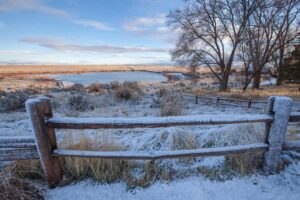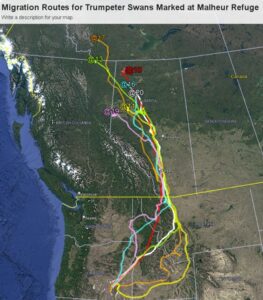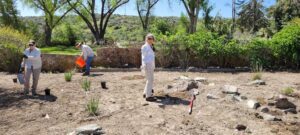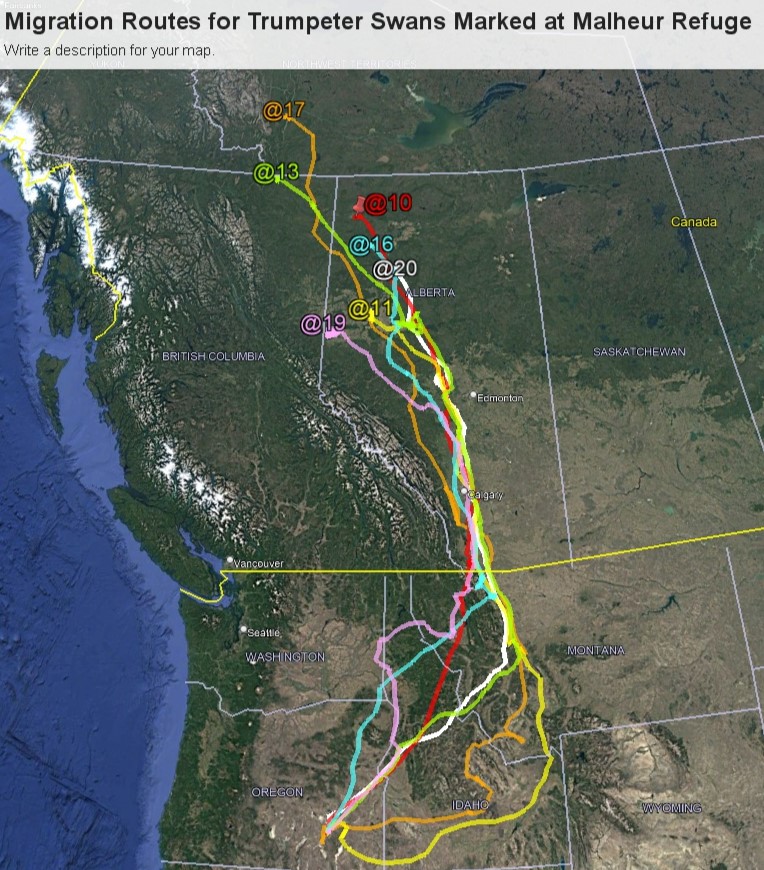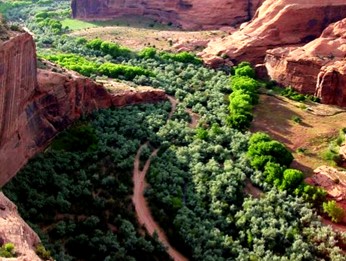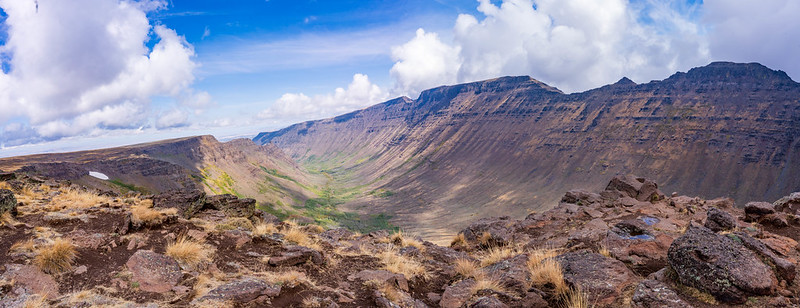Written by Teresa Wicks, Portland Audubon
As most fans of Malheur National Wildlife Refuge know, Malheur is a large and ecologically complex place. Some of this complexity comes from its geographic situation near the Steens and as a snowmelt fed closed basin and some comes from the changes to the hydrology and ecology of the basin since the arrival of settlers. The lasting effects of changes in hydrology and ecology can be seen in various ways across the basin, including in vegetative communities.
For example, though reed canarygrass is native to parts of North America it has become weed-like as water management has changed. In areas that are continuously inundated with at least 3” of water, reed canarygrass thrives. One of the interesting things about reed canarygrass is that it can convert a field that appears dominated by sedges to a field of tall grasses within a season. The sedges are not necessarily replaced. Rather the reed canarygrass grows with the sedges. Because reed canarygrass changes the height and density of vegetation, there is some belief that many birds will not use meadows dominated by reed canarygrass. However, many studies in other high desert ecosystems indicate this may not be the case.
In an effort to better understand the effects of reed canarygrass invasion on bird communities some intentional monitoring work needs to be done in reed canarygrass dominated fields at Malheur. However, at nearly 190,000 acres Malheur can be a difficult place to effectively inventory and monitor bird populations. To better understand the effects of reed canarygrass dominance on bird populations, and to help create a climate resilient Malheur that continues to effectively support migrating and breeding birds there needs to be an innovative way to expand current monitoring efforts.
One current project associated with the Harney Basin Wetlands Collaborative and led by Portland Audubon is the seasonal installation of six songmeters in the Blitzen Valley. Three of these songmeters are in reed canarygrass dominated and three of these songmeters are in non-reed canarygrass dominated areas of flood-irrigated wet meadows. Songmeters, more technically known as Autonomous Sound Recorders, are basically computers that record the sounds of ecosystems in which they are deployed. They can be programmed to record as often and for as long (or short) as needed.
These songmeters were deployed this spring and will be retrieved from their fields by August 1st. They record for two hours at sunrise (one hour before and one hour after) and for two hours at sunset (one hour before and one hour after). They will record all vocalizing wildlife at that time, though the focus is on understanding which bird species are using these areas and whether or not reed canarygrass has a negative impact on wet meadow bird communities.
This project has two goals. The first is to understand the effectiveness of using songmeters for monitoring birds at Malheur. The second is to develop an understanding of bird use of reed canarygrass dominated meadows and whether or not there appears to be a difference in bird communities in these meadows compared to non-reed canarygrass dominated meadows.





